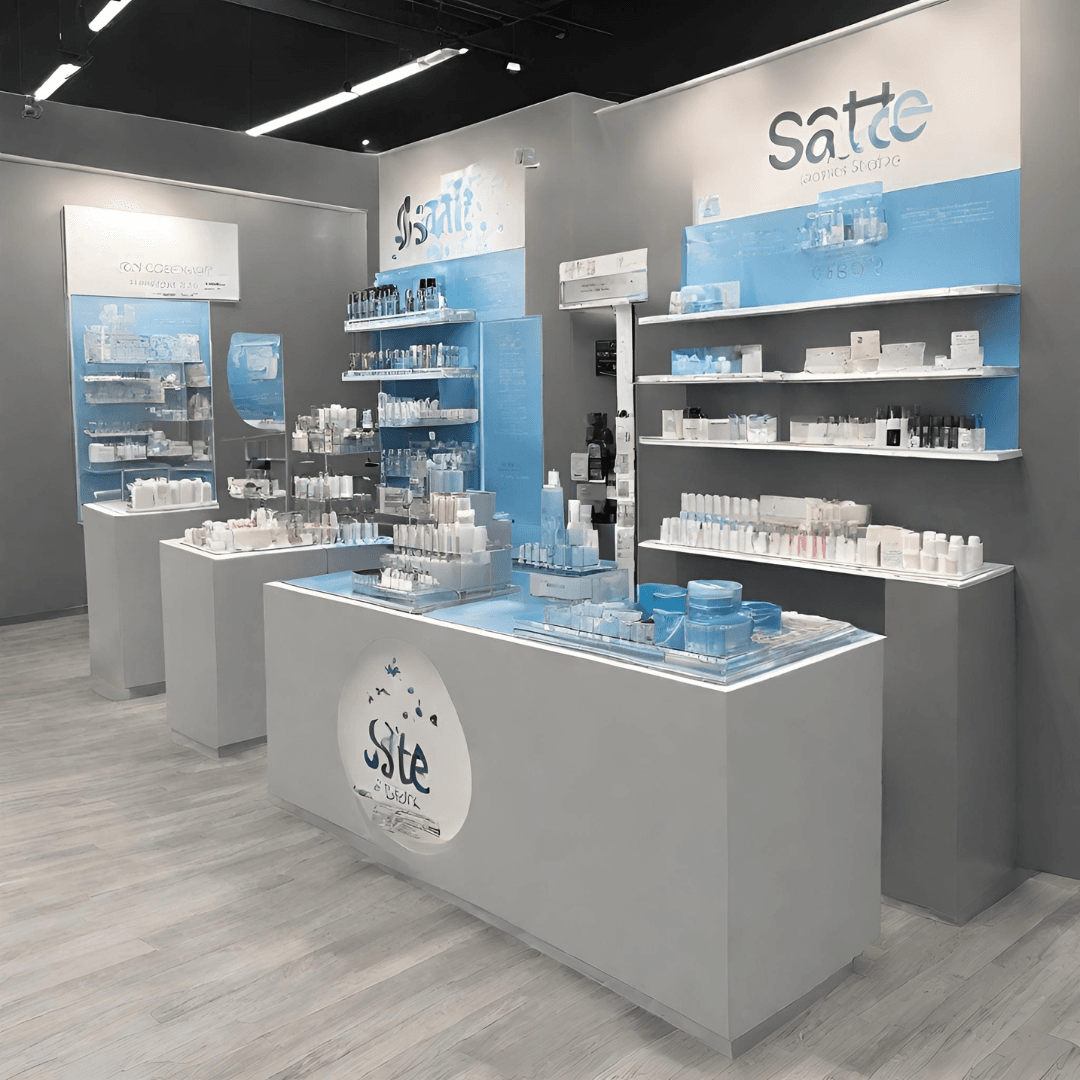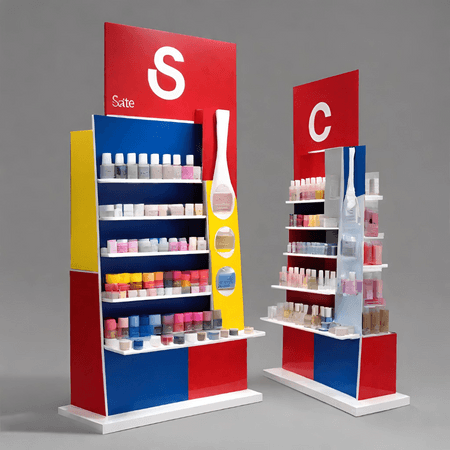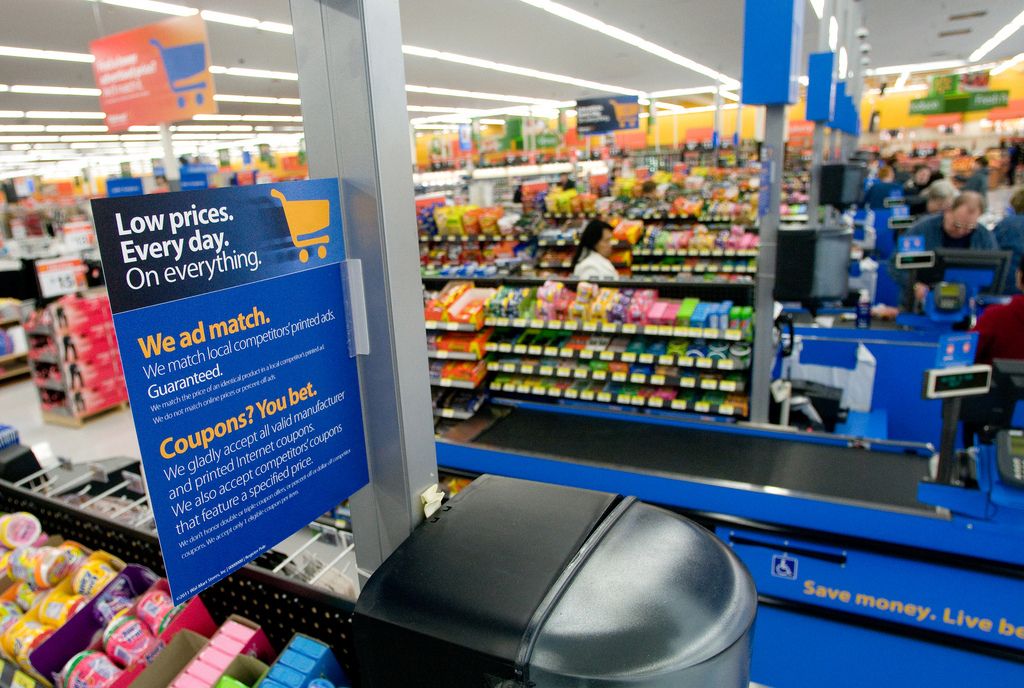Retail Displays
The Art and Impact of Point of Purchase Displays: A Masterclass in Design and Materials
In the bustling world of retail, first impressions are often made at the point of purchase (POP). Point of Purchase displays, commonly known as POP displays, serve as silent salespersons strategically placed to captivate customers and influence their purchasing decisions. Let's explore the artistry behind these displays and the materials that bring them to life.

Understanding the Target Audience:
Effective POP displays consider the demographics, interests, and preferences of the target audience. From color schemes to imagery, every design element should resonate with the potential customer, creating an immediate and emotional connection.
Artistry in Design - Captivating Visual Storytelling:
The essence of a POP display lies in its ability to tell a compelling visual story. Whether it's promoting a new product, highlighting a special offer, or reinforcing brand identity, the design should be visually striking and aligned with the overall marketing strategy.
Hierarchy and Placement:
The design should have a clear hierarchy, guiding the viewer's attention to the most important elements. The placement of products, graphics, and promotional messages should follow the natural eyeline to ensure maximum impact.
Branding Consistency:
Consistency is key. POP displays should seamlessly integrate with the overall branding of the store or product. Consistent use of logos, colors, and fonts reinforces brand identity and enhances recognition.
The Palette: Materials that Make a Difference

Cardboard:
Cardboard remains a popular choice for POP displays due to its versatility and cost-effectiveness. It can be molded into various shapes and sizes, making it ideal for creative and customized designs. Despite its lightweight nature, cardboard can be surprisingly sturdy when properly engineered.
Acrylic and Plastic:
Transparent materials like acrylic or other plastics add a modern and sleek touch to POP displays. These materials are often used for product showcases, providing a clear view while maintaining a high-end aesthetic. Acrylic is durable, resistant to breakage, and lends itself well to intricate designs.
Foam Board:
Foam board strikes a balance between affordability and visual appeal. It is lightweight, making it easy to handle and transport, and serves as an excellent surface for vibrant graphics. Foam board is often used for backdrops or as a backing material for other display components.
Metal:
For a robust and enduring option, metal is a go-to material. It's commonly used for structural elements or shelving in POP displays, providing both strength and a modern aesthetic. Metal can be molded into various shapes, allowing for versatile design options.
Decals and Stickers:
Graphic film decals and stickers play a crucial role in adding detailing and branding to POP displays. High-quality printing on these materials ensures crisp images and vibrant colors. These decals can be easily applied to different materials, enhancing their visual appeal.
The Symphony: Bringing it All Together
Successful POP displays are a harmonious blend of artistic design and carefully chosen materials. The collaboration between creative visionaries, graphic designers, and skilled craftsmen results in displays that not only catch the eye but also drive sales.
As the retail landscape evolves, so does the art of crafting compelling POP displays. By embracing innovation, understanding consumer behavior, and leveraging a diverse palette of materials, retailers can create immersive and unforgettable shopping experiences that go beyond mere transactions. After all, in the world of retail, the journey from consideration to purchase often begins at the point of POP.

Ready to get started?
Get an instant on-line Estimate, Place an Order. or give us a call at 816-221-2434.
